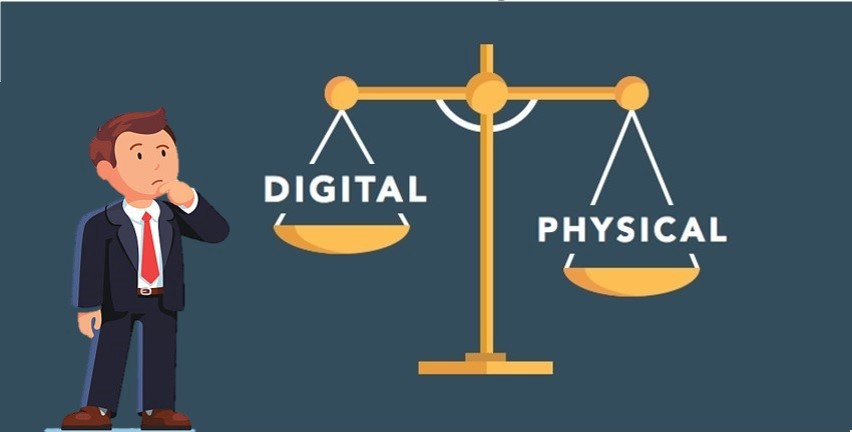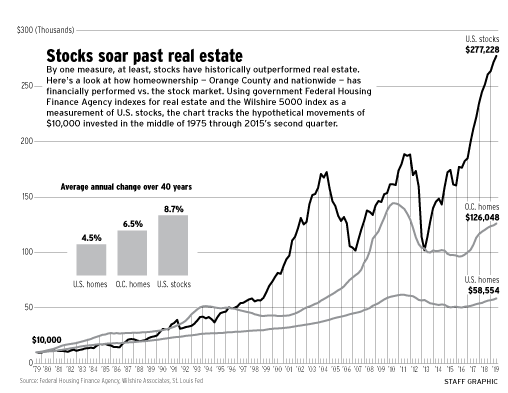Researchers have spent a lot of time studying the value that consumers place on digital goods versus the value they place on physical goods. A study by Atasoy and Morewedges shows that people prefer physical goods over digital goods in large part at the expense of physical products that are tangible and tangible. Despite the availability and popularity of information on the Internet, there is evidence that people value physical goods more than digital ones. The data obtained shows that the premium of a physical asset over a digital one arises primarily when consumers seek to have “psychological ownership” – a sense of ownership of an object.
Because of the ability of products to establish psychological properties, physical goods benefit more from this self-improvement effect than their digital counterpart. Digital goods are not always valued less than physical goods. This perceived control is easier for consumers to establish for physical goods than for digital ones, and ultimately they are willing to pay much more for a printed version than, for example, for a digital book. There is some reluctance to accept such a consumer mentality, as there is still a difference in the perceived value of physical and digital goods, as well as consumer types.
And regardless of resale value or manufacturing costs, people are still willing to pay more for a physical product. There are opportunities to strengthen the psychological ownership of digital assets through skeuomorphism, a strategy that adds features to its physical counterpart, thereby increasing its perceived value and desirability of adoption.
Physical products have different sets of restrictions compared to digital goods or services. Now the choice between digital and physical products depends on a few things such as your budget, whether you want to provide shipping, workplace, etc.
Think about it, unlike physical products that you have to package and ship to customers, digital products can be built once and resold over and over to many different customers without restocking. Digital products can be a profitable online business idea without maintaining inventory or the overhead associated with selling physical products. That means creators of digital products will never have to deal with product recalls like retailers who sell physical goods. Digital products are much better at resisting market trends than physical products, and are easy to adapt without costing too much or taking away control from creators.
Digital products in almost every category are lucrative, and because there are lower barriers to entry for creating digital products, as well as easier distribution methods than physical products, many e-commerce entrepreneurs are moving to sell time-limited digital products. While digital products such as e-books, software, online courses, etc. have been trending over the past 15 years, physical goods (books, appliances, shoes, toys, clothing, etc.) have become trending. following the evolution of next-generation courier services and e-commerce stores like Amazon, eBay, etc. Many entrepreneurs are building entire businesses around digital products due to their popularity and ease of distribution, or are launching digital product lines in addition to the physical goods or services they offer.
What’s particularly appealing about digital products is that they can be created once and sold multiple times to different customers without restocking, making them ideal for creatives, bloggers, educators, and creatives looking for passive income streams that require less effort workers and freelancers. support. Digital products can be streamed, downloaded, and translated into physical media (such as e-books or physical copies of print models), but their primary point of interaction is technology. For our purposes and for clarity, a digital product is any product that users can purchase and access through their computers, phones and tablets without any physical installation requirements. In many ways, products have far more advantages than disadvantages compared to physical goods.
Value may vary depending on the form of the product and the social or personal importance of the user owning the product. Physical goods are easier to sell because people can see what they’re getting, and if you’re selling a well-known brand, it’s already a trusted brand. On the other hand, physical products also have many advantages, such as it is easier to demonstrate the value of tangible products, so its perceived quality can be considered higher than digital products, but physical products take time to manage, not to mention expensive. For sourcing and delivery.
Companies offering products on a subscription or rental basis may not be perceived by customers as creating the same value as products offered both physically and digitally. As you can see, there are huge differences between physical and digital products, which means that even the best and most successful marketing tactics for them will have significant differences. When you’re thinking about selling a product and trying to choose between physical and digital media, you might be tempted to veer off to the good old days—physical goods—but not as fast.
However, many brands make the mistake of believing that digital transformation doesn’t apply to physical products and miss the opportunity to reach potential audiences in their natural habitat. In the same way that many consumers will not find enough value or justification to switch to digitized, intelligent and often much more expensive versions of traditional products, many companies that make traditional products rightfully do not understand how or even why to invest in digitization. There is still a problem that digital goods are viewed as a less valuable service, which leads consumers to digital piracy, and they do not realize that the damage they cause to companies is as serious as the theft of something physical, what is the problem should be decided between companies and the government to implement the new policy. A series of experiments by Atasoy and Morewedge (2018) show that people generally value physical goods more than their digital versions. WHY THERE IS A DIFFERENCE IN VALUE Some people see digital products as unstable, fast, and transitory; others feel less tangible, less intimate, and unable to express personal memories.
Helpful Links:
Homepage
About
Contact
Personal Development Partner





